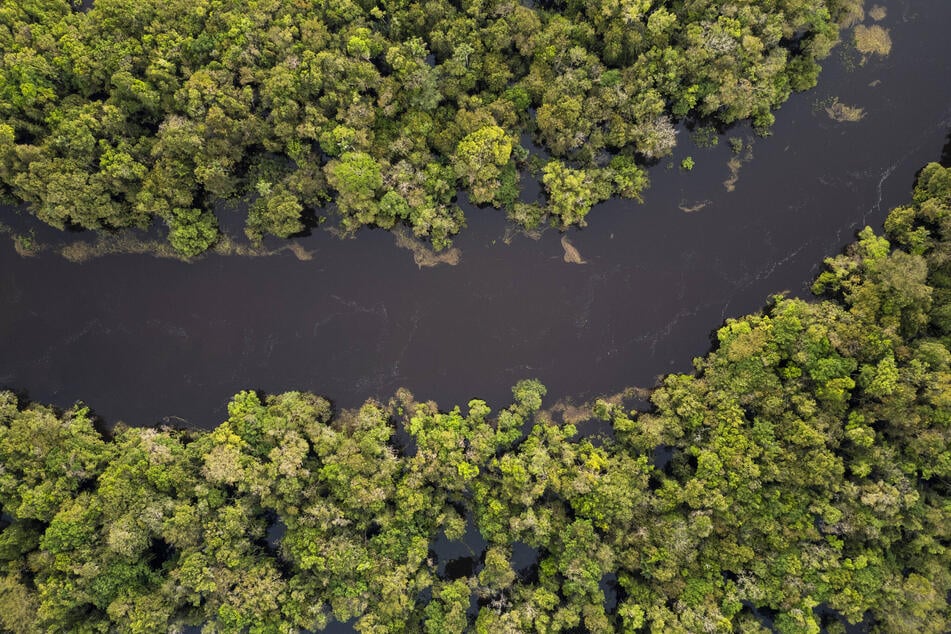40% of Amazon rainforest unprotected as Brazil's Lula announces highway plans
Brasília, Brazil - Scientists are calling for greater protections for the Amazon rainforest after it was revealed that nearly 40% of its areas most critical to curbing climate change remain unprotected.

An analysis from nonprofit Amazon Conservation has revealed that nearly 40% of the Amazon rainforest critical to climate change action has not been granted special protection as either a nature or indigenous reserve.
The Amazon Conservation's Monitoring of the Andean Amazon Project (MAAP) has identified these areas as containing large, dense tree coverage and a continuous canopy.
Because these areas contain a high level of carbon, they have a disproportionate impact on climate change and are considered particularly important.
The lack of protections is significant in that it opens the door for the logging and deforestation of these areas. This would have a major impact, MAAP claims, because it would send a massive amount of carbon into the atmosphere.
While about 61% of the Amazon rainforest is protected in some way or another under current regulations, areas in Peru and northeast Brazil, French Guiana, and Suriname require further protection against deforestation.
"It really just gives this overall roadmap in terms of some of the highest carbon areas that are important to protect," Matt Finer, who leads MAAP, was cited by Reuters as saying.
"They really indicate the most pristine parts of the Amazon that still remain."
President Lula throws his support behind trans-Amazon highway

Despite warnings from scientists and calls for greater protections to govern the Amazon rainforest, Brazil's government under President Luiz Inácio Lula da Silva has committed to going forward with a major highway through the Amazon rainforest.
Under pressure to complete the building of the BR-319 highway, Lula confirmed that his government would continue to pave a road through the Amazon rainforest.
"While the Madeira River was navigable, the highway did not have the importance it has now," said Lula on Tuesday. "We are going to finish it with the greatest responsibility."
The BR-319 is a federal highway that stretches 560 miles from Porto Velho to Manaus. It was initially built in the 1970s but was abandoned and became overgrown after the fall of Brazil's military dictatorship in 1985.
A 2021 study draws a target on the BR-319 highway as a "hotspot" for deforestation, largely due to it containing pristine vegetation and a lack of an environmental impact study under the then-Bolsonaro government.
"Approximately 90% of the direct influence zone of this highway is composed of pristine vegetation, still extremely well-preserved," the study reads. "No environmental impact study on the effects of this paving has been conducted in the most preserved part of the highway."
"The Brazilian Amazon is facing a deforestation boom with potentially new deforestation hotspots emerging. We have identified one of these hotspots at the margins of the BR-319."
Cover photo: Collage: AFP/Michael Dantas